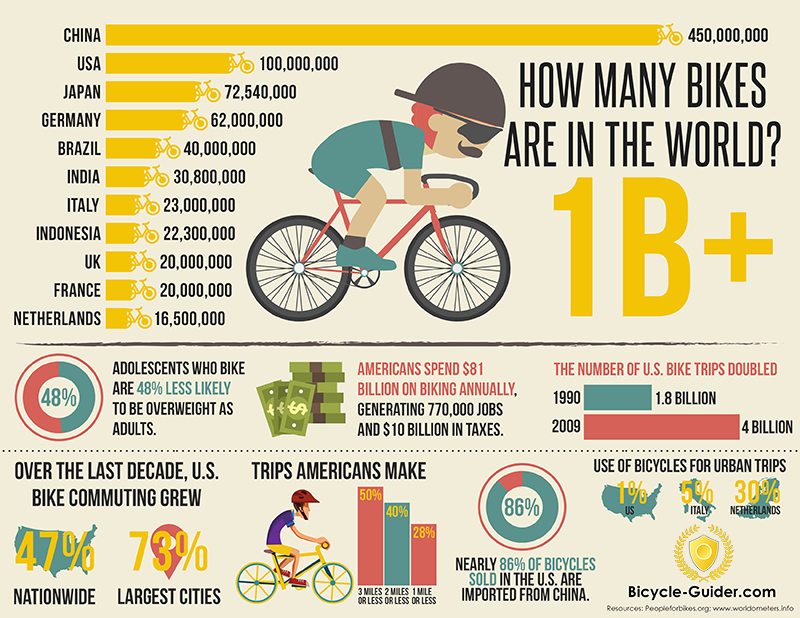Checking Out E-Bike Types: What Each Classification Stands For
Checking Out E-Bike Types: What Each Classification Stands For
Blog Article
Personnel Writer-Hollis Lopez
If you're thinking about buying an e-bike, comprehending the various courses is type in making a notified choice. You might be amazed at just how each class offers distinct attributes that satisfy various riding choices and lawful needs. From pedal-assist alternatives to throttle-controlled versions, each class has its benefits. So, before you select the ideal e-bike for your demands, it's vital to comprehend the distinctions between Course 1, Course 2, and Course 3 e-bikes.
Course 1 E-Bikes
Class 1 E-Bikes are specified as pedal-assist electrical bicycles that give help only when you pedal, discontinuing to do so as soon as you get to 20 mph. These bikes are excellent for those looking for a little additional increase while still wanting to get some workout. Class 1 E-Bikes offer a smooth transition between pedaling and electrical help, helping you dominate hillsides and cross countries easily. The motor starts as soon as you begin pedaling, giving a natural and uncomplicated ride experience.
One of the crucial benefits of Class 1 E-Bikes is that they're allowed on many bike paths and tracks where standard bikes are allowed. This implies you can check out brand-new paths and take pleasure in the great outdoors without any restrictions.
In addition, these bikes are environment-friendly and use a sustainable mode of transport, lowering your carbon footprint while still getting you to your destination efficiently.
Class 2 E-Bikes
Proceeding from the pedal-assist dynamics of Course 1 E-Bikes, Class 2 E-Bikes introduce a brand-new element into the electric bicycle realm. These e-bikes include a spin throttle feature, allowing you to ride without pedaling whatsoever. With this enhancement, you have the alternative to just engage the throttle and allow the electric motor do the work, propelling you forward easily.
Course 2 E-Bikes are suitable for riders who may need a break from pedaling or call for aid when beginning with a full stop. This function makes them particularly appealing for individuals with limited movement or those that want an even more leisurely riding experience.
Nonetheless, it is very important to note that Course 2 E-Bikes are still regulated by a speed restriction of 20 mph, making certain safety and security and conformity with guidelines.
Course 3 E-Bikes
For motorcyclists looking for a more dynamic electrical cycling experience, Course 3 E-Bikes deal improved rate and performance compared to their Class 1 and Course 2 equivalents. Class 3 E-Bikes are referred to as "rate pedelecs" and can reach rates of approximately 28 miles per hour, providing a thrilling adventure for those looking for an additional boost. These bikes come furnished with a pedal-assist system that begins when you begin pedaling, making it simpler to keep higher rates with less effort.
mouse click the following web page of Class 3 E-Bikes is that they aren't limited to bike lanes only; they can also be made use of on streets where the rate limit is 30 miles per hour or reduced. This adaptability enables motorcyclists to navigate via traffic much more efficiently while still taking pleasure in the benefits of electrical aid.
Nonetheless, it's essential to remember that some locations might have specific laws regarding the use of Class 3 E-Bikes, so constantly inspect neighborhood legislations before hitting the road.
Conclusion
So, now that you comprehend the differences in between Course 1, 2, and 3 E-Bikes, you can make a notified decision on which type finest fits your requirements. Whether you prefer pedal-assist, throttle function, or higher speeds, there is an E-Bike course out there for you. Keep in mind to consider your neighborhood regulations and personal preferences prior to making your choice. visit this page riding!
